Significance
Through the efforts of followers from the Mailiao area and six neighboring townships, Gongfan Temple was reconstructed during the Japanese Colonial Period, turning it into a center of religious faith for the coastal residents of Yunlin County as well as a classic example of the exquisite Taiwanese building craftsmanship of the 1930s. The temple was constructed by two teams of builders and skillful wood crafters, one responsible for the main hall and the worship hall, and the other for the Sanchuan Hall and the rear hall. The teams were led by Wang Shu-fa of Xidi in Fujian Province’s Quanzhou County and Taiwanese master Lin Huo-yin, a disciple of renowned Zhangzhou County master Tan Ing-pin. The wood carvings of Ng Kui-li, stone sculptures by Jiang Jiu, and Koji ceramics created by Chen Tian-qi and Yao Zi-lai, as well as Pan Chun-yuan’s colorful paintings are all significant original works. Mailiao’s Gongfan Temple is fortunate to be in possession of a collection of works from the finest temple builders of the Japanese Colonial Period.
History
Mailiao’s Gongfan Temple, together with Beigang’s Chaotian Temple, Taixi’s Anxi Temple, and Mamingshan Zhenan Temple in Baozhong are recognized as the four major temples of Yunlin County. In 1685, Chunzhen, a monk from Meizhou, brought the sixth Mazu statue of Meizhou Temple (originally called Chaotian Pavilion but promoted to temple status in 1683) to Taiwan, arriving at Haifeng Harbor (near today’s Liuqing Harbor). Initially, the statue was enshrined in a small temple on Haifeng Harbor Street. In 1742, the temple was damaged in a flood and was therefore moved to its present location. It underwent several renovations over the course of the reigns of a number of Qing emperors and during the Japanese Colonial Period. In 1930, having become aware of a severe termite infestation and water leakage in the temple, Lin Pao, a local scholar, together with some colleagues put forth a proposal to invite followers in the Mailiao region and neighboring townships, including Yuan Chang, Taixi, Dongshi, Baozhong, Lunbei and Tuku, to contribute funds for the construction of a larger temple. Construction work took eight years. Wang Shu-fa of Xidi, in Quanzhou County, was commissioned to build the main hall and the worship hall. Meanwhile, construction of the Sanchuan Hall and the rear hall was delegated to Tan Ing-pin (1864 – 1944) and his disciples Chen Zhuan-lin, Liau Sik-sing (1899 – 1984), Chen Xuan-qing, Huang Teng, and Lin Huo-yin , with Lin actually being in charge of the project. In other words, the front and rear parts of the temple were built by two different teams of masters. Front-rear parallel designs are rarely found in Taiwanese temple construction. Meanwhile, wood sculpting master Ng Kui-li (1903 – 1995), stone sculptor Jiang Jiu, Koji ceramics masters Chen Tian-qi (1906 – 1990) and Yao Zi-lai (1911 – 2007), and Pan Chun-yuan (1891 – 1972), who created the colorful paintings, were all among the finest craftsmen in their fields at the time. As a result, Gongfan Temple’s collection includes the works of the top artisans of the time. In 1967, the jiǎnnián (a mosaic-like traditional cut-and-paste porcelain craft) on the roof were remade by masters from Xingang, Chiayi. When the roof of the Sanchuan Hall was renovated in 1981, a traditional Chinese hip-and-gable design was added to the double-eaved roof. In 2012, the temple was designated a national historic site.
Special Features
1The Sixth Statue of MazuSeated in front of the main Mazu statue in the shrine of the main hall is one of the original six statues made for the first Mazu temple in Meizhou, China. This statue was brought to Taiwan by monk Chunzhen in 1685 and is the oldest statue in Gongfan Temple. In 1881, Gongfan Temple organized a delegation to visit Meizhou to pay respects to the original Mazu temple, where there were six recesses in the stone altar of the shrine. Five Mazu statues sat in the first five recesses but the sixth was empty. Upon close examination, they determined that the base of the Mazu statue in Gongfan Temple matched the shape of the recess perfectly and thus confirmed that Gongfan Temple’s Mazu statue came from Meizhou’s original Mazu temple. The sixth Mazu statue measures about thirty-three centimeters in height. The patterns on the statue’s apparel were created with lacquered thread. The shoes on the statue were carved into tiny embroidered slippers known as three-inch lotus shoes (equivalent to four inches or ten centimeters and considered to be the ideal size for bound feet at the time). The statue’s posture is composed and solemn. The visage has been blackened by incense smoke yet still shows an expression of kindness.
2The Bagua Caisson Ceiling in the Main Hall The Bagua octagonal caisson ceiling in the main hall of Gongfan Temple was the work of Wang Shu-fa. Normally, the distinguishing characteristic of caisson ceilings built by craftsmen from Xidi is that the brackets are joined together in layers which converge at the top center. However, the caisson ceiling in Gongfan Temple leaves the roof beam exposed. This caisson ceiling design is unique in Taiwan. The caisson measures 4.6 meters in width. The supporting structure at the base of the caisson is carved into figures of four flying dragons wearing expressions of happiness, anger, sadness, and joy. A dragon fish sits between the top of each of the four main columns and the rafter which crowns it. The delicately sculpted figures on the eave extensions are based on characters in Chinese mythology who presented treasures to Mazu.
The Bagua octagonal caisson ceiling in the main hall of Gongfan Temple was the work of Wang Shu-fa. Normally, the distinguishing characteristic of caisson ceilings built by craftsmen from Xidi is that the brackets are joined together in layers which converge at the top center. However, the caisson ceiling in Gongfan Temple leaves the roof beam exposed. This caisson ceiling design is unique in Taiwan. The caisson measures 4.6 meters in width. The supporting structure at the base of the caisson is carved into figures of four flying dragons wearing expressions of happiness, anger, sadness, and joy. A dragon fish sits between the top of each of the four main columns and the rafter which crowns it. The delicately sculpted figures on the eave extensions are based on characters in Chinese mythology who presented treasures to Mazu.
3The Koji Ceramics The Koji ceramics are located on the two sides of the Sanchuan Hall, the worship hall, and the main hall. These depictions of episodes from the Romance of the Three Kingdoms and from folk stories were created by contemporary Koji ceramic masters Chen Tian-qi (1906 – 1990) and Yao Zi-lai (1911 – 2007). The creativity and quality of the craftsmanship are stunning. In particular, the pieces on the left side of the main hall illustrating the tale of “Arresting and Freeing Cao on the Huarong Trail” with Guan Yu holding his Green Dragon Crescent Blade and Cao in his red robe are fine examples of the ingenuity of the artisans.
The Koji ceramics are located on the two sides of the Sanchuan Hall, the worship hall, and the main hall. These depictions of episodes from the Romance of the Three Kingdoms and from folk stories were created by contemporary Koji ceramic masters Chen Tian-qi (1906 – 1990) and Yao Zi-lai (1911 – 2007). The creativity and quality of the craftsmanship are stunning. In particular, the pieces on the left side of the main hall illustrating the tale of “Arresting and Freeing Cao on the Huarong Trail” with Guan Yu holding his Green Dragon Crescent Blade and Cao in his red robe are fine examples of the ingenuity of the artisans.
4The Brackets in Chinese Character DesignsThe brackets that support the ceiling of the Sanchuan Hall were carved by masters from Zhangzhou, China when the temple was repaired during the Japanese Colonial Period. An interesting feature of these brackets is that they incorporate the Chinese characters “壬 (rén)” and “申 (shēn),” a stem and branch of the Chinese sexagenary calendrical cycle, into the supporting brackets, a highly unusual design in Taiwan. The repair happened to be carried out in 1932, a rén- shēn year, and the craftsmen came up with the idea of integrating the characters into the brackets to create this extraordinary effect.
5The Temple Corners and the Sanchuan Hall’s Dragon Columns

The stone sculptures created during the Japanese Colonial Era temple reconstruction were created by Jiang Jiu, also known as Master A-jiu. The dragon columns in the Sanchuan Hall and the decorations at the corners of the temple are of particular note. An open-mouthed dragon curls up each column of the Sanchuan Hall and the two end up facing each other. The dragons are vivid and lifelike and seem to be rolling their bodies and baring their claws. This stance is typical of the Japanese Colonial Period. The decorations at the corners of Gongfan Temple are different from those seen in other temples. Most temple corners are decorated with carvings of powerful men in postures indicating that they are supporting the building structure. Such carved men are usually portrayed as laborers—topless and muscular—and their features are generally Western. This portrayal was a small act of revenge on the part of Taiwanese temple builders, and a reflection of their frustrations under the rule of foreigners such as the Dutch, Portuguese, and Japanese. They deliberately carved these figures as Western laborers, assigning them the heaviest work of supporting the temple structure. The laborer carvings at the corner of Gongfan Temple though, have a comical look with thick eyebrows, large eyes, and a modern haircut, and wear suit.
6The Statues of the Main Mazu and Her Guards The main Mazu statue in the shrine in the main hall is about two meters in height. It was made by wood carvers Huang Gui-li and Lin Guan-chang during the Japanese Colonial Period, after the original was damaged beyond repair. Each of her two guardian generals—Qian Li Yan (or Thousand-Mile Eyes) and Shun Feng Er (Follow-Wind Ears)—was also carved by Huang Gui-li using an entire camphor tree. These two characters are spoken of in Chinese legend as having the power to see and hear everything. The statues are perfect in proportion and fearless in aspect. Huang Gui-li and his fellow Zhangzhou carvers also created phoenix cornices for the main temple columns, and depicted stories from Chinese mythology on the extensions of the beams to make the Sanchuan Hall even more splendid.
The main Mazu statue in the shrine in the main hall is about two meters in height. It was made by wood carvers Huang Gui-li and Lin Guan-chang during the Japanese Colonial Period, after the original was damaged beyond repair. Each of her two guardian generals—Qian Li Yan (or Thousand-Mile Eyes) and Shun Feng Er (Follow-Wind Ears)—was also carved by Huang Gui-li using an entire camphor tree. These two characters are spoken of in Chinese legend as having the power to see and hear everything. The statues are perfect in proportion and fearless in aspect. Huang Gui-li and his fellow Zhangzhou carvers also created phoenix cornices for the main temple columns, and depicted stories from Chinese mythology on the extensions of the beams to make the Sanchuan Hall even more splendid.
Reminders
Many Mazu temples around Taiwan have acquired Mazu statues which were consecrated and imparted with Mazu’s spirit in Mailiao’s Gongfan Temple. On the eve of Mazu’s birthday, the 23rd day of the third lunar month, believers from these temples come to pay respects to the Mazu here and celebrate the divine deity’s birthday. This is the time of year when the temple is at its busiest.
Panoramic
Directions